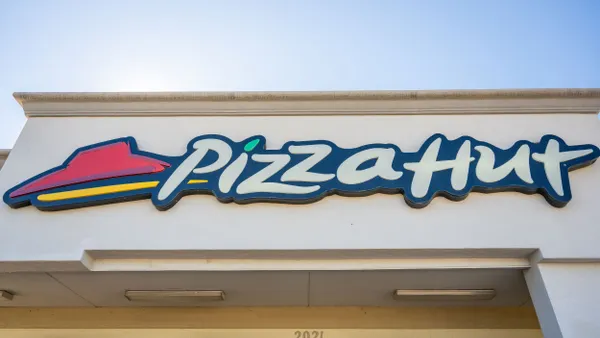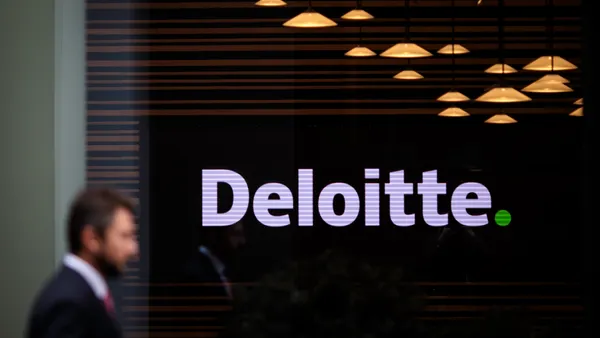Engaging directly with employees is a challenge that all HR leaders and teams face, and the need for effective engagement has never been more important than it is now. The world of work is in constant evolution and with it comes changing expectations and ambitions from employees.
The vehicle of publishing total reward data and education via total reward statements is as relevant as it’s ever been, and growing numbers of organizations are using this lever. The business case of using it as an attraction and retention tool is still solid, especially when using it to educate beyond the “numbers” within total reward.
Combining the monetary value across the full total reward investment, with educational information promoting all non-cash rewards, all in one elegant platform, ensures employees are fully informed across the full reward spectrum. The old adage of ensuring employees know beyond their base salary and consider all those additional rewards with value and satisfaction, is vitally important in a world of the Great Resignation.
The advantages of educating on non-cash initiatives right next to monetary programs is well illustrated with CIPD’s 2022 research that found where employers have financial wellbeing policies, their employees feel better able to deal with bills (70% v 58%), appreciate their benefits are good (70% v 28%), and can save towards retirement (61% v 41%).
Implementing and then promoting these programs effectively is the key to that success.
The obvious channels of technology delivery remain – i.e., desktop, mobile, tablet – to cover all office based and remote based colleagues. While access to the platform should of course be available 365 days of the year, 24 hours a day, using the natural cycle of the calendar to encourage employees towards it can be adopted.
Annual enrollment season would be one, where benefits selections and updates being made by employees (ideally within the same technology as the statement) can also include the current position of their total reward, and how this is impacted with the new selections. Another period may be during or soon after annual pay review and bonus season.
With many rewards linked to salary, a merit increase usually has a significant impact on total reward too. So, while, I may have received a 3% merit increase, my total reward may have increased by 5%. This is important for the employee to know, as well as for the business to monitor total people costs.
Next evolutionAccording to research by REBA/Howden, 85% of organizations will be focused on personalization by 2024. Making sure enterprise technology is ready for that will be vital. The key to using technology in improving total reward statements goes beyond just the “push” to employees as a one-way street: “Here is your statement, here is the detail. End of conversation.” This is missing out on vital data. By requesting granular feedback on each reward program from employees, measurable and actionable insight across sentiment, effectiveness and satisfaction can be understood by HR and executives. This moves organizations towards the holy grail of understanding ROI in that reward investment. If significant percentages of employees are telling you they do not value a particular reward program, that’s a waste in spend. Building an agile mindset in reward provision is the bedrock to effective reward investment and employee satisfaction, by spotting opportunities to reallocate that spend on programs they will value. Other levers from the insights include, removing, reducing, reusing, or increasing the spend on other areas. Using technology to monitor this oversight, moves achieving optimization of the spend a step closerThe next step forward is using the same platform to provide increased choice and personalization across the reward package. There are myriad reasons why this is trending, not least the rise in DE&I initiatives and the demand in fairness. Choice and personalization can mean anything from traditional flexible benefits or annual enrolment, through to more micro changes (for instance swapping reward X for reward Y based on the feedback received), all the way through to increased flexibility within compensation as well as benefits (for instance taking less bonus this year and investing it in equity instead). |
Hyper-personalization
We are increasingly hearing organizations wanting to treat their reward programs in the same way large service providers like Amazon or Google would with their products and services. These providers use AI technology to filter through masses of text and scoring to provide sentiment insight into the effectiveness of their products and services, which in turn ensures they continue to provide products and services that their customers want and are ready to respond to changing demands and trends.
In the same way, HR are increasingly looking to achieve the same understanding with their “reward products and services” that they provide their “customers.” This is leading edge and starts with that first “push” of a total reward statement baselining the current state.
The reality of today is that employees increasingly want personalization across their rewards, in the same way they do in all other aspects of their lives. Employees are comparing what they can purchase on the open market using comparison technology we all use every day for items like car insurance.
The trend over the last decade has been for organizations to use benefit technology that is tied to benefit brokerage. That business model provides employees with a set of pre-brokered benefits to choose from which do not reflect what they want, nor provide the level of personalization required. Increasingly employees are seeing the restricted nature of this arrangement, and in many cases would prefer to take the cash-equivalent instead and purchase the coverages and benefits themselves elsewhere.
As employees move roles more frequently than ever before, this also reduces wastage in the administration by allowing employees to retain personal arrangements throughout their career, instead of leaving one scheme upon exit from an organization, only to join a very similar scheme upon joining the new organization. The administrative costs involved in that process can be greatly reduced.
Employees are increasingly savvy digital consumers in all other aspects of their lives and personalization is at the core of those activities.
Reward is no different.
How to get started
Increased personalization comes with great responsibility. The safeguards for organizations to ensure financial health and financial wellbeing for their people rightly remain in place.
However, organizations are increasingly taking that first step in the personalization journey by gathering reward policies in one digital inventory, obtaining visibility and insight into that spend, communicating and educating through reward statements, and building oversight on sentiment and effectiveness.
This then uses evidence and data to inform their next generation of reward personalization strategies.
It is a hugely exciting time for reward technology and strategy!
Copyright Copyright2022 uFlexReward
Stats sources: REBA/Hoyden survey 2022, and CIPD 2022.
All Data. All Employees. All Rewards. All Countries. One Place. Contact [email protected] for a demo today.










